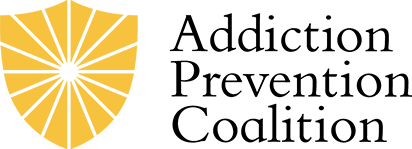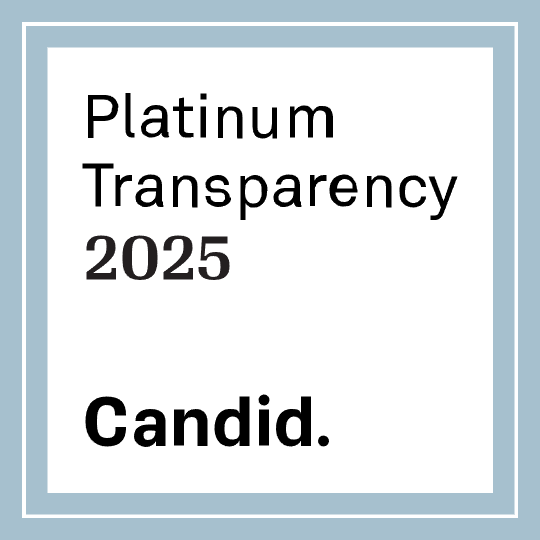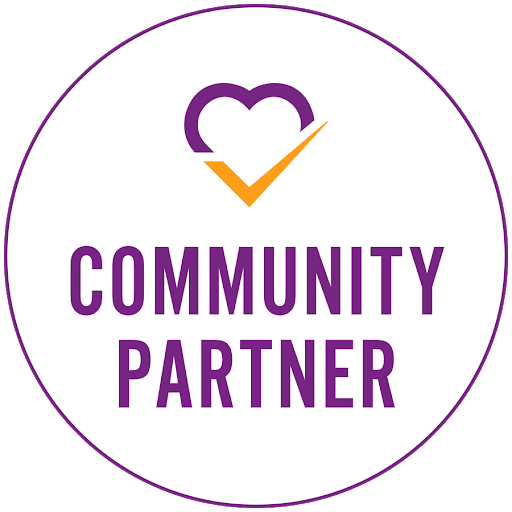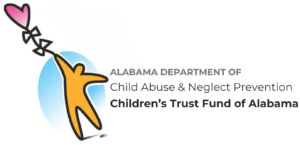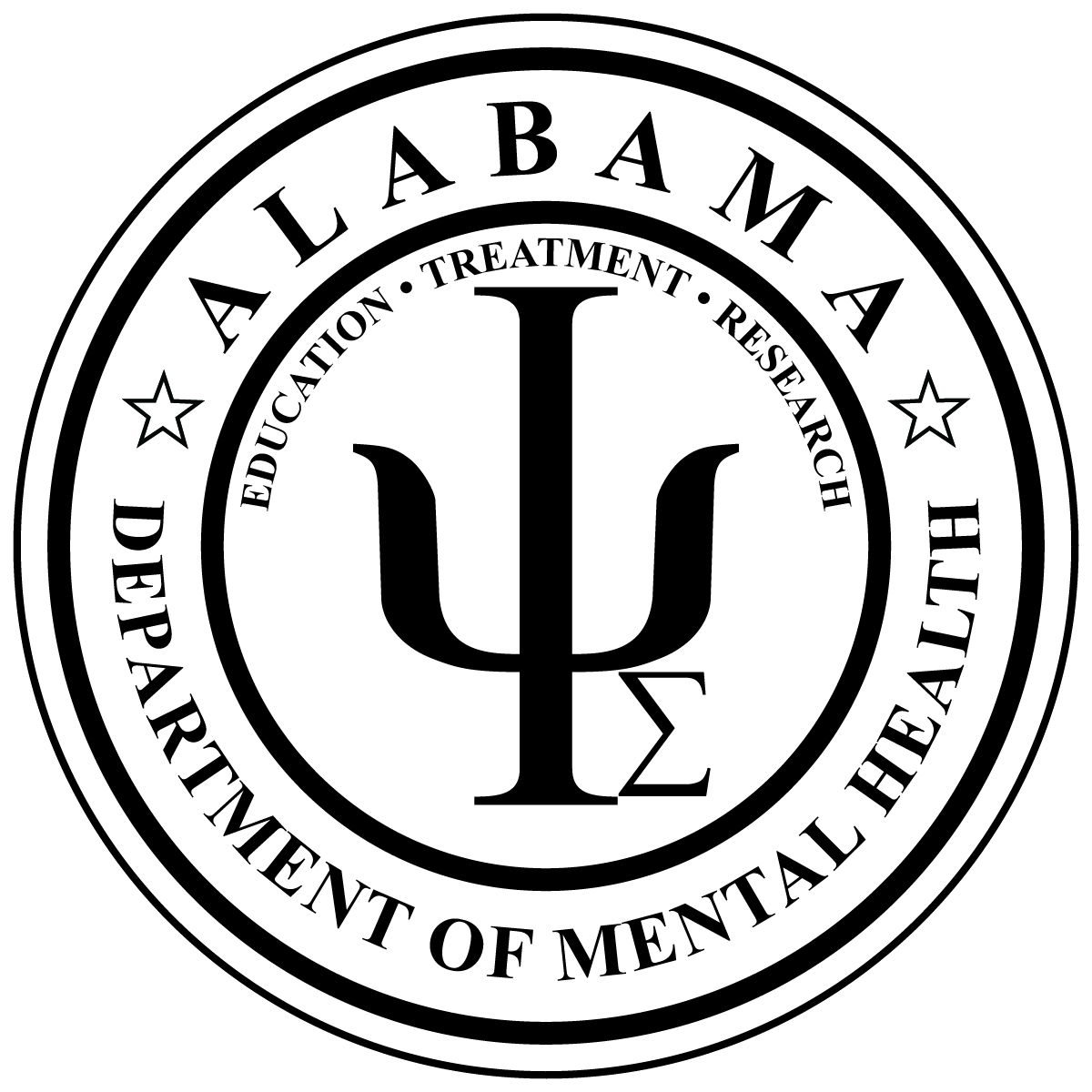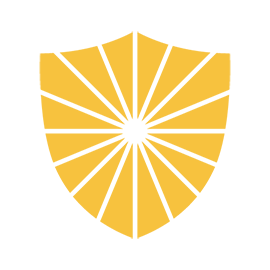April 30th is National Prescription Drug Take-Back Day, an awareness day designed to encourage the public to dispose of unused prescription medications in a safe way, provide them with a method of doing so, and educate people about the importance of clearing out medicine cabinets on a regular basis.
The truth is that the majority of teenagers begin abusing prescription pills that they get in their homes or in their friends’ homes. More than 70% of people ages 12 and older who abuse prescription pain relievers get them from friends or family–not a doctor.[1] And, nearly 60,000 children are taken to the emergency room each year because they got into medicines right in their own homes.[2]
By taking the time to collect your unused or expired medications and dispose of them at a disposal facility, you can prevent those you love from experimenting with potentially harmful drugs.
National Prescription Drug Take-Back Day 2022
 National Prescription Drug Take-Back Day is organized and promoted by the U.S. Drug Enforcement Agency (DEA) and other government entities. It takes place on April 30th, 2022. Many local agencies are making the effort to educate their communities about the importance of turning in unneeded medications as well as providing them with safe disposal sites to drop off medications.
National Prescription Drug Take-Back Day is organized and promoted by the U.S. Drug Enforcement Agency (DEA) and other government entities. It takes place on April 30th, 2022. Many local agencies are making the effort to educate their communities about the importance of turning in unneeded medications as well as providing them with safe disposal sites to drop off medications.
According to the DEA, the awareness day “reflects DEA’s commitment to Americans’ safety and health, encouraging the public to remove unneeded medications from their homes as a measure of preventing medication misuse and opioid addiction from ever starting.”[3]
The DEA’s website also has a tool that allows you to search for Controlled Substance Public Disposal Locations in your area. Many of these locations are open year-round, so they’re available even if you miss Drug Take-Back Day.
Understanding the Danger Lurking in Your Medicine Cabinet
On average, older persons consume between two to six prescription medications and between one and three over-the-counter medications on a daily basis.[1] Similarly, the CDC reports that nearly half of Americans take at least one daily prescription medication and 25% take three or more.[2] These statistics only include daily prescriptions, though.
Many Americans have been prescribed opioid pain medications after an injury or surgery for one-time use. Some of these opioid prescriptions even read “take as-needed,” meaning someone could stop taking their prescription before the pills run out. According to the CDC, more than 191 million opioid prescriptions were dispensed to American patients in 2017–that’s enough opioid prescriptions for more than half of the U.S. population![4]
It’s safe to say that there are many unused, expired, and forgotten prescription medications in the homes of everyday Americans. While it’s unlikely that anyone is hoarding medications with the intent of hurting someone they love, this is a real reality for many people. Children may accidentally get their hands on a prescription bottle and chew on the pills, thinking they are candy. Curious teenagers may dig through their parents’ cabinets because they want to experiment with drugs or get a “legal high.
While you may be thinking, “My child is smarter than that. They would never do that!” That’s what everyone thinks until it happens to them. If an accident happens, your child could get sick or overdose. They could also get caught with a medication that isn’t theirs at school and get in serious trouble. Or, if they don’t get caught, they could continue to abuse your medications until they run out–then turn to the streets to seek out illegal, unregulated substances.
Fortunately, you can prevent all of these heartbreaking circumstances by participating in National Prescription Drug Take-Back Day.
Tips for Safe Prescription Medication Storage
While many of your medications may be used on a daily basis, it’s still important to store them safely and out of reach of children, teens, and pets. Consider implementing these safe storage tips in your home:
- Store Up, Away, and Secure – Store your medications, including over-the-counter ones, high up or out of reach from children and pets. You may even use a child lock or lockbox.
- Create an Inventory – If you’re dealing with any controlled substances, create and upkeep a list of your prescription medications, the dosage, your supply, and your refill date. Also, take note of any known allergies among people in your home or drug interactions.
- Have an Emergency Action Plan – Make a list of important contact information including the contact information of your physician, pharmacist, veterinarian, pediatrician, and the Poison Control Center.
- Discard Regularly – Set a quarterly reminder in your calendar to go through your medicine cabinets regularly. Discard any unused or unneeded medications at a Controlled Substance Public Disposal Location near you.
- Disposing of Medications at Home – If you choose to dispose of your medications at home, be sure to mix them
 with coffee grounds, used cat litter, sawdust, or old food scraps to make them less appealing to anyone who might search for them in the garbage. However, it’s important to note that the preferred disposal method is to take your medications to a safe disposal site.
with coffee grounds, used cat litter, sawdust, or old food scraps to make them less appealing to anyone who might search for them in the garbage. However, it’s important to note that the preferred disposal method is to take your medications to a safe disposal site.
Don’t let your medicine cabinet become a breeding ground for substance abuse and addiction. Take action, mark your calendar for April 30th, and locate your nearest prescription medication disposal site today.
References:

